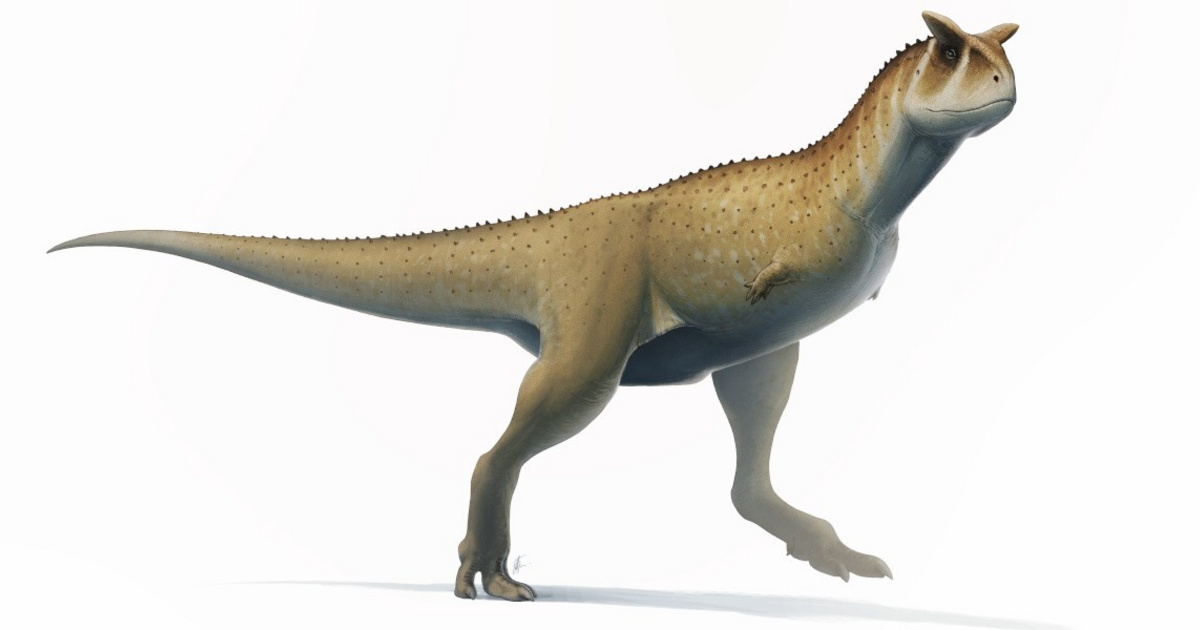The study, published in the American Journal of Vertebrate Paleontology, finds that this new dinosaur find is quite different from the skeletons of many aplesaurids previously excavated in Argentina. This is evidence that we don’t know much yet about the life of the Late Cretaceous, which was the last phase of the age of the dinosaurs, before the mass extinction.
Photo by Fred Werum / Wikipedia
The youngest abel lizards probably lived about 75 to 65 million years ago, based on a study of their skull fossil. The mass extinction of the dinosaurs can be estimated about 66 million years ago. Guemesia Ochai, which lived about 70 million years ago, may be the ancestor of this newly discovered species. To date, MTI wrote, the findings of aplesoride have been found mainly in what is now Africa, South America and India. The skull was excavated at Los Blanquitos, near Ambalio, northern Argentina.
Hundreds of millions of years ago, there was a continent on Earth that we now call the Gondawa supercontinent. On this vast continent, the abelysaurida species were the first predators. They were able to spread their large-bodied victims without their front legs. These dinosaurs had even shorter arms than Tyrannosaurus rex, and evolution seems to have led to species that didn’t even grow their front arms, as they couldn’t use those tiny limbs for almost anything anyway. At least the new archaeological find from Argentina suggests so.
In Argentina, large finds are found only in the south, and a few in the north. To date, 35 species of Abel lizard have been identified in the country.












































